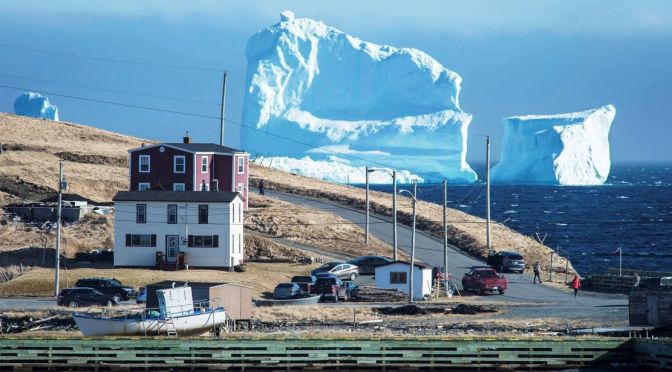

NEW YORK TIMES TRAVEL (September 25, 2023) – Here are five beautiful places to catch the leaves — and while you’re there, you can peek out of covered bridges, gaze up at waterfalls, ride a tramway or a train, or even try to spot a legendary Bigfoot-like creature known as the Grassman.
NEW HAMPSHIRE
White Mountains Trail
Driving the White Mountains Trail, a 108-mile loop that winds through groves of gold birches, bronze beeches, and orange, yellow and red mountain maples, you may find yourself unable to resist stopping in the middle of a covered bridge to peek through the walls.
The Albany Covered Bridge, which crosses the rocky Swift River in the White Mountain National Forest near Conway, N.H., is one of 54 remaining covered bridges in the state. Built in 1858, it features a red roof and weathered brown walls with gaps that let the leaves peep at you.
MASSACHUSETTS
Mount Greylock State Reservation

From the study at his farmhouse in Pittsfield, in western Massachusetts, Herman Melville gazed at 3,491-foot Mount Greylock, whose humped shape possibly inspired the white whale in “Moby-Dick.” When the trees on that hump start to change, it becomes more of a gloriously mottled whale.
The mountain’s colors typically peak in early to mid-October, with golds, bright oranges and vivid reds, mainly from tamarack, striped maple and yellow birch. The wet summer may lead to some spotting and discoloration on some leaves, said Nicole Keleher, the director of forest health for the Massachusetts Department of Conservation and Recreation, but she predicted a wide variety of colors overall.
GEORGIA
Chattahoochee-Oconee National Forest

The Russell-Brasstown National Scenic Byway, a 40-mile loop through the nearly 867,000-acre Chattahoochee-Oconee National Forest, winds through mountains drenched in the yellows of tulip poplars, the crimsons of dogwood, and the scarlets and purples of maples — with most expected to peak the week of Oct. 24, said Steven Bekkerus, a public affairs officer for the forest.
Deep in those woods, you’ll find two waterfalls to complement the autumn palette.
OHIO
Cuyahoga Valley National Park

From a vintage rail car on the Cuyahoga Valley Scenic Railroad, the reds and golds of Cuyahoga Valley, Ohio’s only national park, roll by — and if you see a shadow darting among the trees, it could be the Ohio Grassman, also known as the eastern Bigfoot, a creature reputed to reside in the woods there.
The colors, which peak in mid- to late October, “range from brilliant reds of the sugar maples to the deep browns of the white oaks,” said Pamela Barnes, a public information officer at the park, which is just south of Cleveland.





